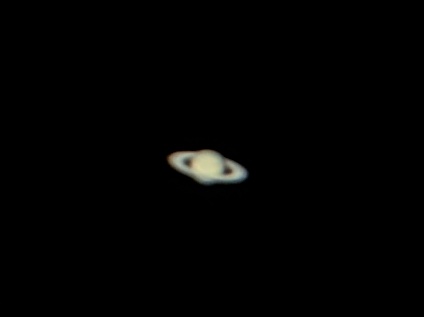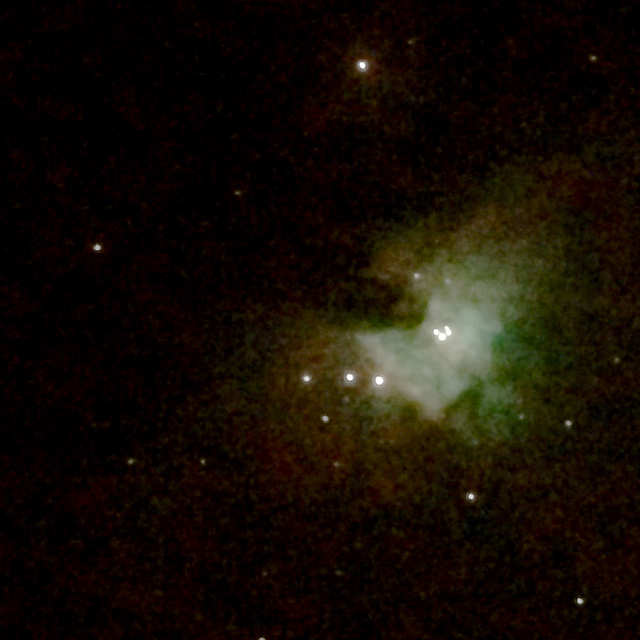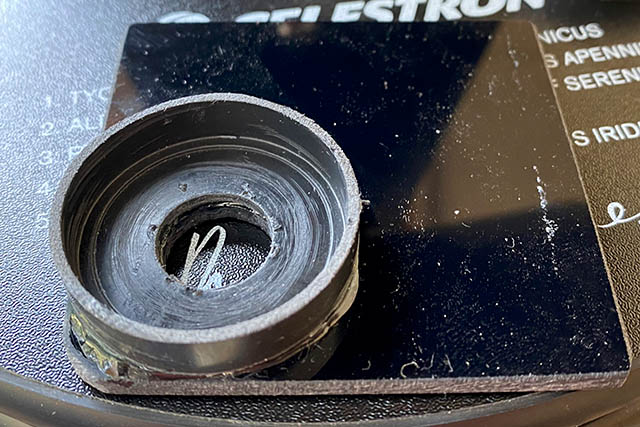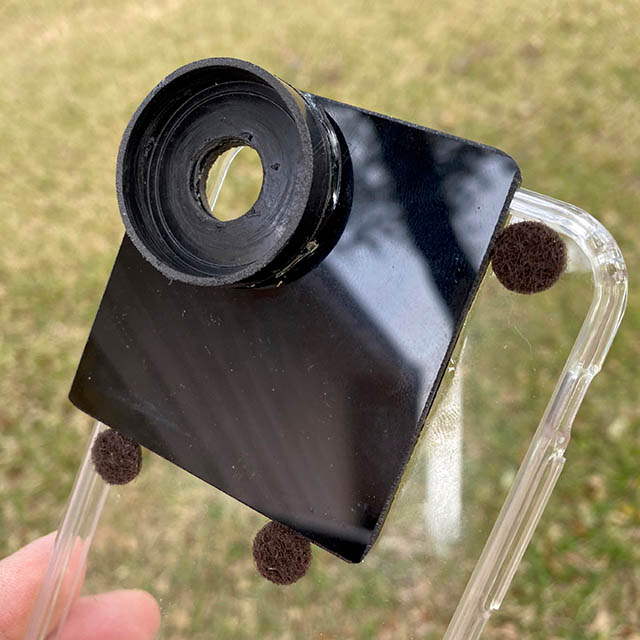- Images
- Blog
- Tools
- Questar
- The Questar telescope
- Questar resource links
- Search for Questar info
- 172mm Focal Reducer
- Afocal adapter for point and shoot camera
- Camera adapter lengths
- Camera adapter threading
- Camera connection
- Camera focusing
- Custom counterweight
- Drift Alignment Joy
- Finder Eyepiece Compatibility
- The Questar Moon 1981
- Questar Powerguide II Battery Life
- Questar Zone, How to Service Videos
- Red Dot finder mount for Questar
- Questar Viewing Table
- Wedge mounts
- White light solar filters comparison
- How to
- Get started in astronomy
- Astro RaspberryPi Camera and kin, the ASIAir and StellarMate
- Blind Smart-phone Equatorial Wedge or GEM Polar Alignment
- Camera phone adapter
- Celestron FirstScope with equatorial tripod mount
- Coat Pocket Astrophotography
- Day-lapse Images of Earthshine on the Crescent Moon
- Dobsonian Carrying Case
- DSO Astrophotography without a Telescope
- DSO imaging without a star tracker
- Estimating image resolution
- Lunar Eclipse Photography
- Moon photography - a dozen ways to shoot the Moon
- Meteor shower photography & planning
- Matching image sensor size to telescope resolution
- Narrow band imaging with color cameras
- Planetary Image Workflow
- Print and Display Astrophotography
- Observing
- Events
- More
- About
- Contact
Camera phone adapter
Single lens camera phones
The best camera is the one that you have with you. Cell or mobile phone cameras are often good enough for astrophotography of bright targets. There are commercial adapters for afocal photography with phone cameras through a telescope eyepiece. The ones that I've tried have been:
- bulky or heavy
- hard to install
- hard to swap out for visual observing
- expensive
After trying several commercial models, I decided on a simple adapter that makes it easy to center and steady the phone camera at the eyepiece. No screws are required. This design gives 90% of the benefit of the heavy adapters, for 10% of the effort and cost. All that you need are:
- An old or inexpensive case for your phone - I found that a thin flexible TPU case worked well. Ed LaBelle suggests avoiding clear cases to minimize stray light.
- An eyepiece cap that fits inside the rubber eye-cup of the eyepiece that you use most often.
- Epoxy glue
- Simple cutting tools and some caution using them.

I used an old TPU iPhone case and an eyepiece cap with a flat top. Many eyepiece rubber eye-cups will snugly fit around a 1.25" cap, choose one to fit your eyepiece. Drill a pilot hole precisely in the center of the cap, then enlarge it to your camera lens size - 3/8" works nicely with an iPhone. Put the phone in your case and carefully center the cap on the camera lens. Trace the outline of the cap on the case back so that you can align it for glueing later.
Before glueing the eyepiece cap to the case, you need to size it to the correct height. Once cut, your eyepiece cap will hold your phone camera at a distance so that the complete field of view fits on the camera image.
- Point your telescope at a large bright target like the Moon or a distant daylight scene.
- Place the drilled out cap in the eyepiece cup.
- Carefully place the phone with case on the cap so that you can verify that your camera gets a good full view - within the eye relief distance of your eyepiece.
- If needed trim the height of the cap for a good view from your camera phone.
I had to trim my cap to a slightly shorter height to get the perfect image.
Once your cap is trimmed to the right height. Lightly sand and wash the case and the top of the eyepiece cap to get a good clean surface for glueing. I found that the best glue for this is a two part epoxy like J-B Weld PlasticWeld Quick Setting Epoxy.
You now have an inexpensive, light, and elegant adapter case that you can slip your phone in for quick images through your telescope of terrestrial targets, the Moon, and bright planets.
Visitors want to take photos of what they see in the eyepiece at star parties and a simple case like this makes it much easier. Ed LaBelle has made several of these cases for popular phones for AAS events.

You will want to find a camera app that gives you manual exposure and focus locking controls. Using your camera's automatic mode with a telescope will almost always result in a an overexposed, out of focus image. With a steady hand and using video or continuous shooting, you can even stack images for dimmer targets like M42 in Orion.



Multiple lens camera phones
Camera phones with multiple lenses have become popular. The technique above, glueing the eyepiece cap directly to the phone case, doesn't work with the large cutouts for the group of lenses in newer phones. I've come up with a new technique which requires one additional part, but makes the process of aligning the adapter to the camera lens easier.
Parts needed:
- A case for the camera phone with a flat back.
- An eyepiece cap that fits inside the eyepiece cup for the telescope (or microscope) that you will use with the adapter
- An adapter sheet made from a thin flat square of plastic or metal. This should be approximately the width of the phone (~ 2.5 inches) on each side and opaque. Thickness isn't critical but 1/16 to 1/8" should be easy to work with
Process:
1. Identify the lens that you will use. Usually the normal focal length (not telephoto or wide angle) lens will work best.
2. With the phone in the case, place the thin flat square on the back of the case so that it will cover the camera lenses and provide support for the eyepiece cap. Mark the center of the lens on the sheet.
3. With a drill just slightly larger than the diameter of the lens drill a hole at the marked position in the adapter sheet.
Drill the same size hole in the center of the eyepiece cap.

Measure the depth of the eyepiece cup on your telescope. Trim the eyepiece cap so that when inserted into the cup, bottom out, it will sit just past the lip of the eyepiece cup. This will place the camera lens just where your eye sits when looking through this eyepiece.
Glue the eypiece cap to the outside of the adapter sheet so that the two holes for the camera lens are aligned. I've had good luck with both plastic epoxy and super glue. Wait for the glue to dry.

You will need something to mark the position of the adapter sheet on he camera phone case. I've used markers, tape, and small felt tabs (my current favorite).
Hold the camera phone and the adapter sheet together with hole over the lens. With the telescope (or microscope) viewing a bright target, place the camera phone with the adapter sheet so that you get a good centered image of the target in the camera phone. Carefully mark the final position of the adapter sheet on the phone case
If the thickness of the case and adapter sheet has placed the camera lens too far out to capture the complete field of view, you can trim the height of the eyepiece cap for a perfect view.
Remove the case and adapter sheet from the telescope and the phone from the case. You can now glue the adapter sheet into position on the case.

Once the glue is dry, you can pop your phone into the adapter case and take images at your eyepiece any time!

Content created: 2016-06-18 and last modified: 2020-05-21
Comments
![]() Submit comments or questions about this page.
Submit comments or questions about this page.
By submitting a comment, you agree that: it may be included here in whole or part, attributed to you, and its content is subject to the site wide Creative Commons licensing.

How to
Starter telescopes for beginners
Getting started in astrophotography?
Choose & setup a camera for astrophotography
Astro RaspberryPi Camera and kin, the ASIAir and StellarMate
Blind Smart-phone Equatorial Wedge or GEM Polar Alignment
Celestron FirstScope with equatorial tripod mount
Day-lapse Images of Earthshine on the Crescent Moon
DSO Astrophotography without a Telescope
DSO imaging without a star tracker
Overview & equipment for lunar eclipse photography
Framing and tracking a lunar eclipse
Moon photography - a dozen ways to shoot the Moon
Meteor shower photography & planning
Matching image sensor size to telescope resolution
Narrow band imaging with color cameras
Print and Display Astrophotography

 Get started in astronomy
Get started in astronomy